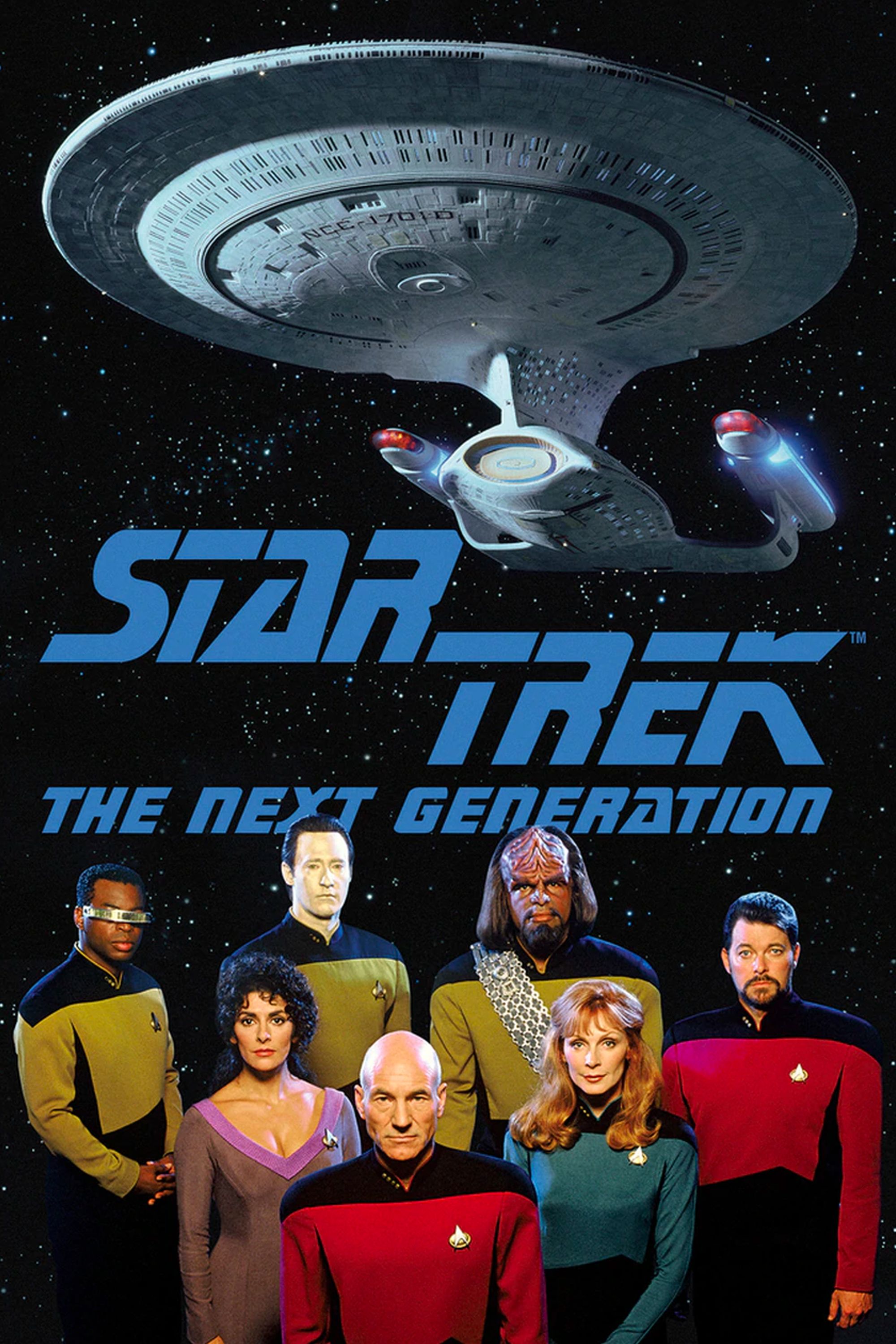Star Trek: Deep Space Nine always tried to differentiate itself from TNG, and one DS9 episode was a direct response to a problematic Worf story.

Summary
- Star Trek: Deep Space Nine often sought to improve on Star Trek: The Next Generation, with more serialization and character-led stories.
- DS9 addressed the mistakes made with disability representation in a problematic TNG episode involving Worf.
- The DS9 episode “Melora” featured a disabled character, Ensign Melora Pazlar, who rejected a cure for her disability, highlighting the importance of accepting and valuing individuals for who they are.
An episode from Star Trek: Deep Space Nine season 2 set out to fix the mistakes made by a problematic Star Trek: The Next Generation episode involving Lt. Worf (Michael Dorn). As it was the first Star Trek: TNG spinoff, DS9 often addressed the failings of its parent show. For example, by adding Quark (Armin Shimerman) to Star Trek: Deep Space Nine‘s cast, DS9 was able to expand the Ferengi, who had a somewhat two-dimensional portrayal in TNG. Deep Space Nine‘s three-dimensional Star Trek characters were in sharp contrast to TNG‘s characters, who were often the victims of the reset button enforced upon them by syndication.
At the start of Star Trek: Deep Space Nine season 2, producer Michael Piller instructed the writers’ room to focus on what made DS9 different from Star Trek: The Next Generation. This led to DS9‘s game changing three-part season 2 premiere and an increased focus on telling character-led stories. In the spirit of differentiating DS9 from TNG, writer Evan Carlos Somers chose to directly respond to a classic TNG Worf episode “Ethics” because he disapproved of the episode’s handling of disability. Although it was flawed in its realization, Star Trek: Deep Space Nine season 2, episode 6, “Melora” addressed many of the mistakes made by “Ethics.”
1:43

Related
Why A Star Trek: TOS Legend Preferred DS9 Over Roddenberry’s TNG
A key figure from Star Trek: The Original Series was a big fan of Deep Space Nine and preferred it over The Next Generation for two big reasons.
Star Trek: DS9’s Melora Fixed TNG’s Problematic Worf Episode
Star Trek: Deep Space Nine writer Evan Carlos Somers was a wheelchair user, following a diving accident at the age of 16. Somers objected to how, in Star Trek: The Next Generation‘s “Ethics”, Worf saw himself as worthless after being paralyzed. While Somers acknowledged that Worf is a Klingon and the warrior aliens would have a different approach to disability, he was also uncomfortable with the messaging. In The Official Star Trek: Deep Space Nine Magazine issue 6, Somers expanded on his objections to “Ethics” and his approach to writing “Melora”.
“I resented the message in ‘Ethics’ – that Worf is worthless now that he’s disabled and therefore must kill himself. […] I always thought it would be nice to create a disabled character who’s accepted for what she is and doesn’t have to change.”
In “Melora”, Ensign Melora Pazlar (Daphne Ashbrook) was an Elaysian stellar cartographer assigned to Deep Space Nine. As an Elaysian, Melora is used to low-gravity environments and, therefore, needs additional support aboard DS9. Just like Worf in “Ethics”, Melora is offered a cure for her disability by her lover, Dr. Julian Bashir (Alexander Siddig). Melora rejects the cure, because the changes to her physiology would mean that she would lose her identity. Melora’s decision is a positive affirmation that disability isn’t something to be “fixed” in the way that Worf’s paralysis was cured in TNG.
How Star Trek Portrayed Disability Before DS9’s Melora Episode
In Star Trek: The Original Series, Fleet Captain Christopher Pike (Sean Kenney) is a wheelchair user, who has also lost the use of his voice in a tragic accident. It’s a problematic portrayal because “The Menagerie” suggests that Pike can only be happy if he lives on Talos IV, where the Talosians’ psychic illusions will “free” him from his disability. There’s an uncomfortable parallel with Dr. Miranda Jones (Diana Muldaur), who is blind, but hides her disability. When Miranda’s blindness is revealed by Dr. Leonard McCoy (DeForest Kelley), the crew of the USS Enterprise treat her differently.
Aside from the problematic portrayal of Worf’s paralysis in Star Trek: The Next Generation, there are more positive examples of disability representation. Deaf TNG guest star Howie Seago provided valuable insight that greatly improved the ending of the episode “Loud as a Whisper”. The most positive portrayal of disability in TNG is Lt. Commander Geordi La Forge (LeVar Burton), whose blindness is no barrier to his success as a Starfleet officer. Star Trek: Deep Space Nine‘s Ensign Melora Pazlar further proved this point in her brief, but memorable, guest appearance.

Star Trek: Deep Space Nine
Star Trek: Deep Space Nine, also known as DS9, is the fourth series in the long-running Sci-Fi franchise, Star Trek. DS9 was created by Rick Berman and Michael Piller, and stars Avery Brooks, René Auberjonois, Terry Farrell, and Cirroc Lofton. This particular series follows a group of individuals in a space station near a planet called Bajor.

Star Trek: The Next Generation
Star Trek: The Next Generation is the third installment in the sci-fi franchise and follows the adventures of Captain Jean-Luc Picard and the crew members of the USS Enterprise. Set around one hundred years after the original series, Picard and his crew travel through the galaxy in largely self-contained episodes exploring the crew dynamics and their own political discourse. The series also had several overarching plots that would develop over the course of the isolated episodes, with four films released in tandem with the series to further some of these story elements.





